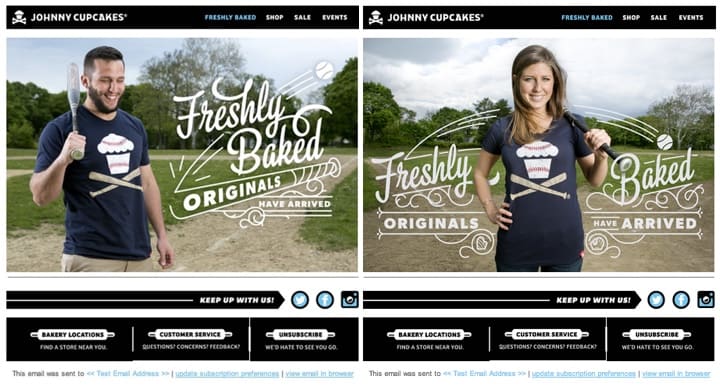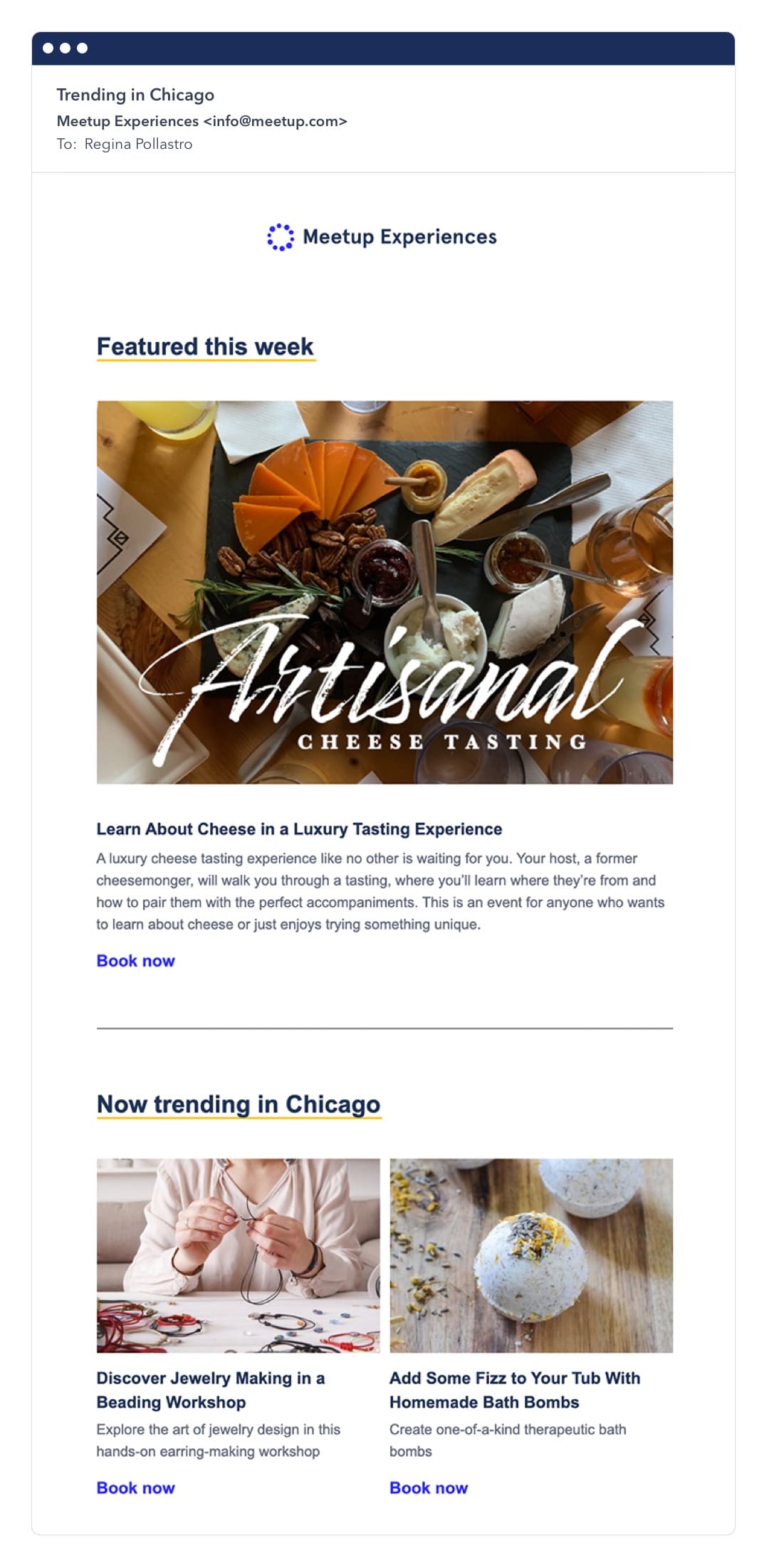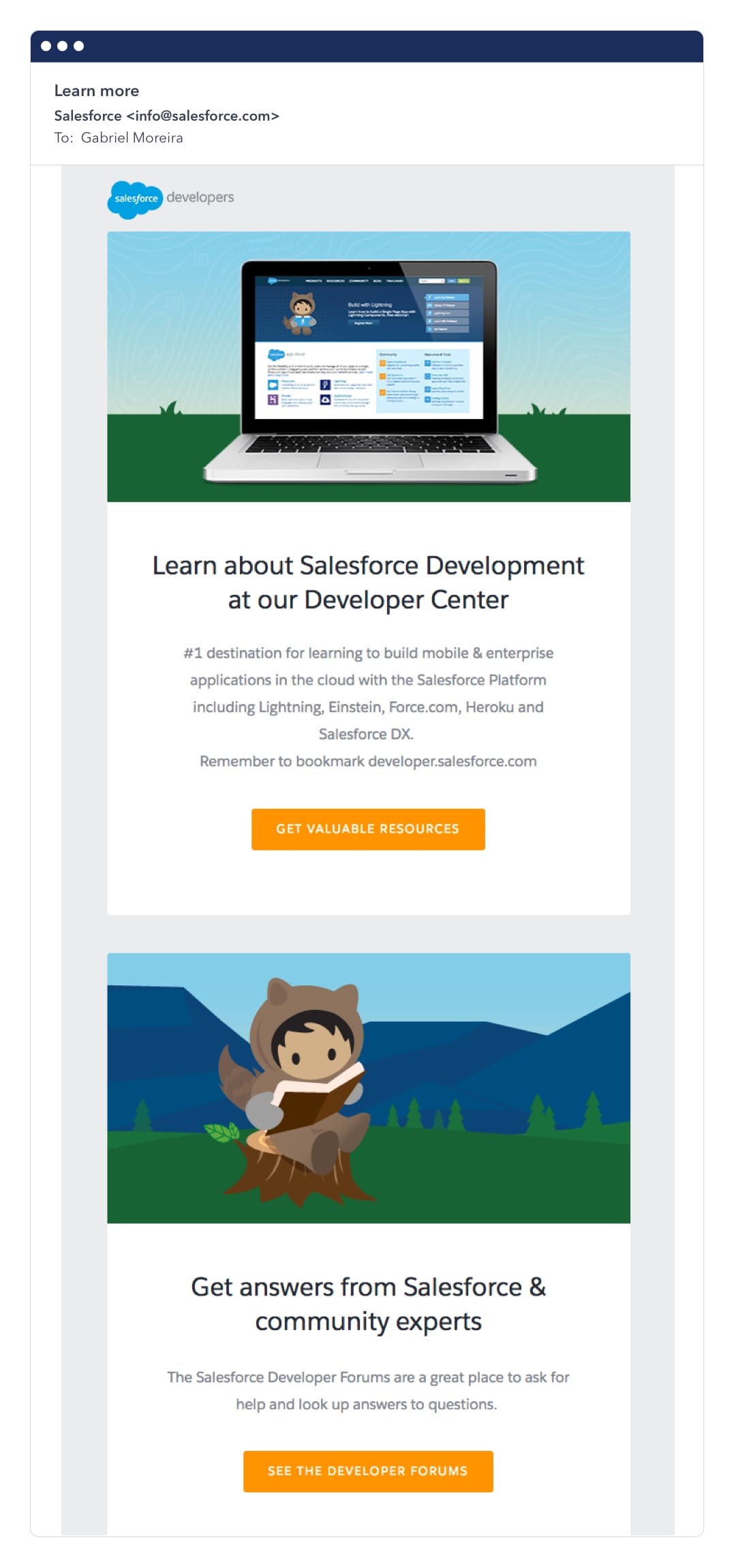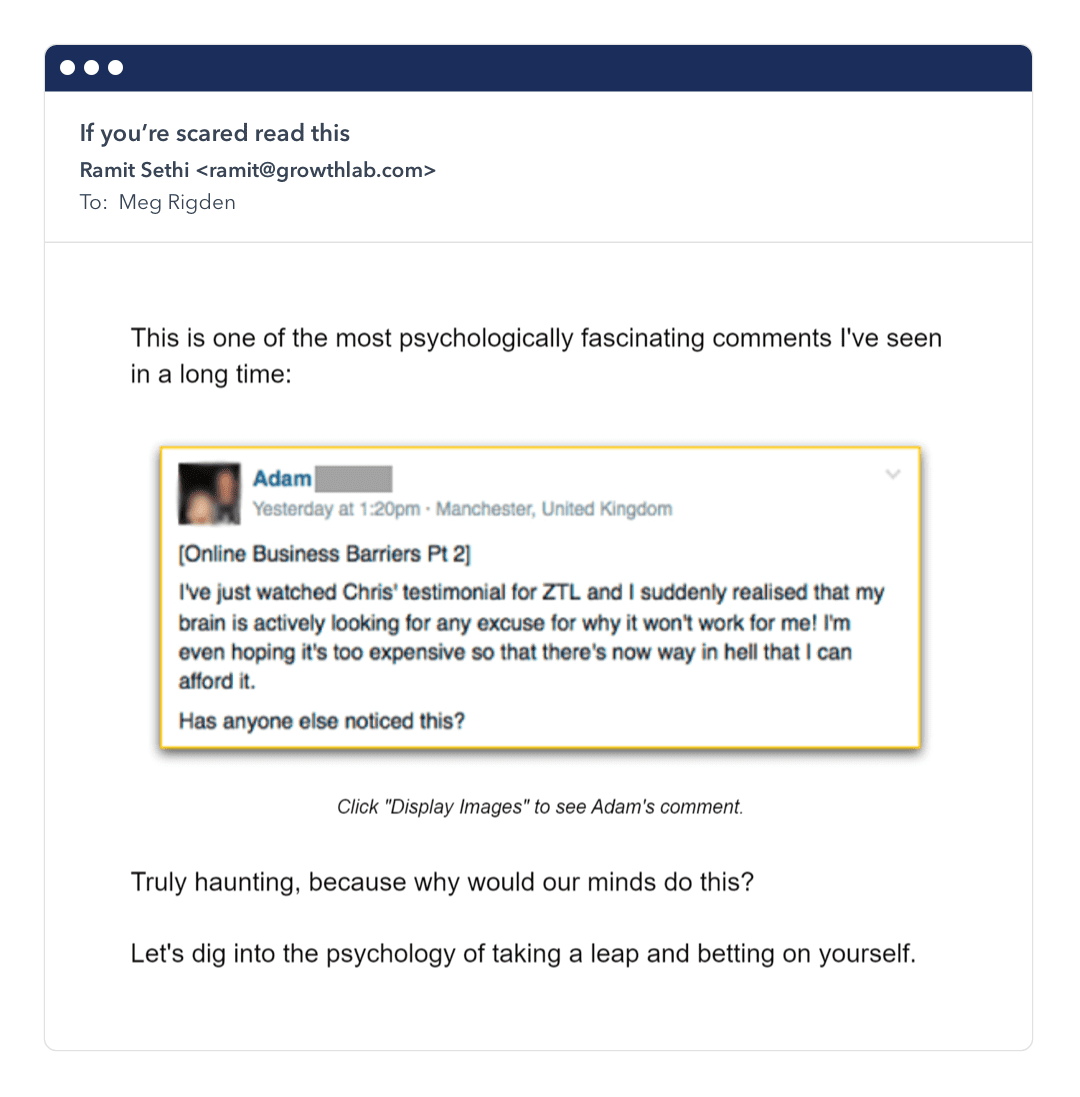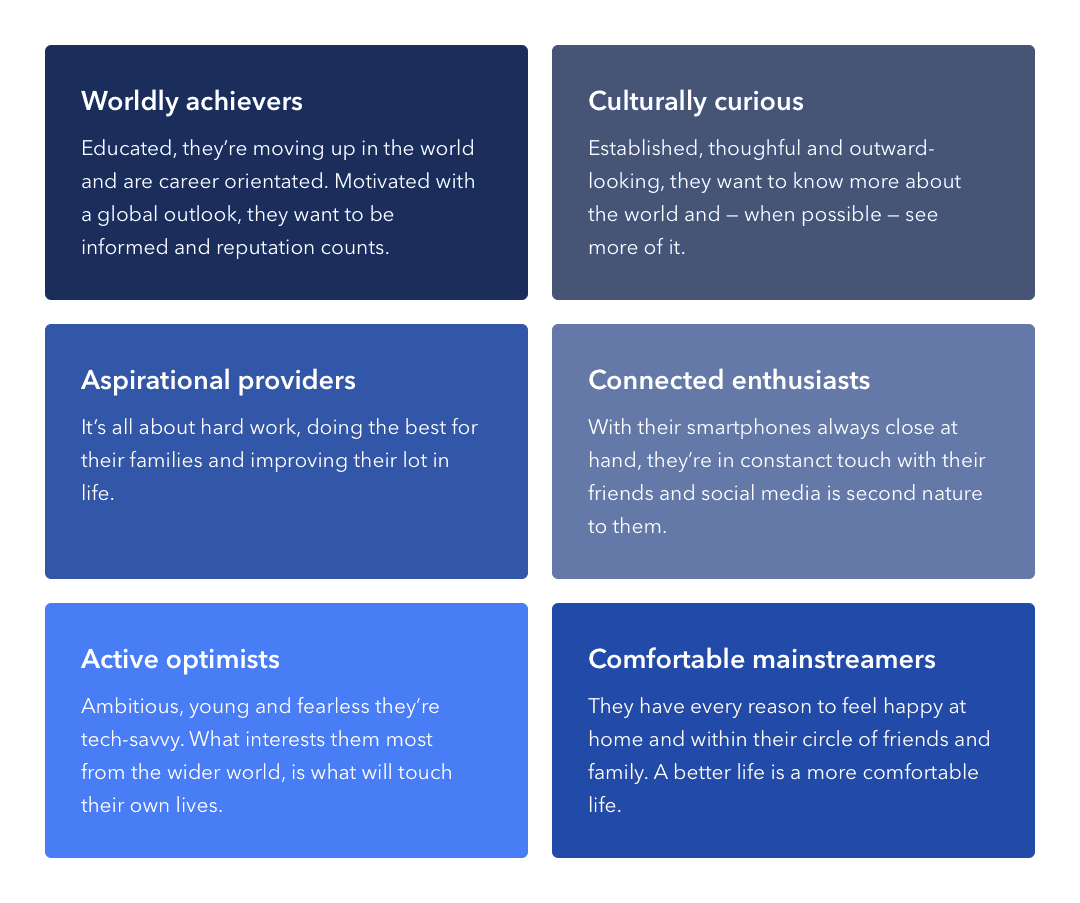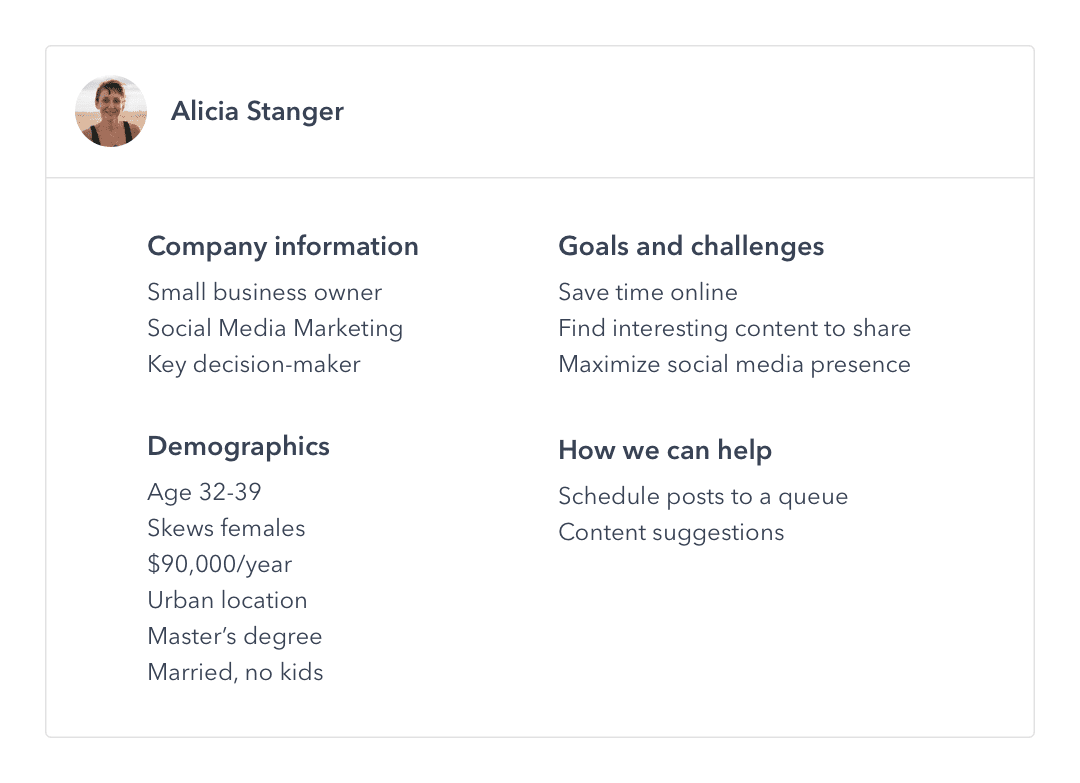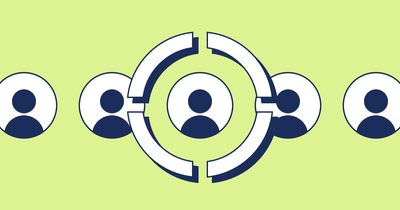
Audience segmentation: Why it’s important and how to do it
-
Data ManagementUpdatedPosted:
On this page
Which of these email subject lines would appeal the most to you if you were starting an online business?
- “Straight truth about starting an online business”
- “How to get a huge promotion in less than a year”
- “How to get out of debt fast, even if you’re broke”
Likely it’ll be the first one, as it’s something that it’s target audience cares about. These subject lines are all from emails sent by entrepreneur Ramit Sethi of Growth Lab.
Growth Lab has a diverse audience, from people just looking to land better positions at work to those who want to start their own businesses or improve their finances.
And Ramit enlists the help of audience segmentation to ensure that his messages are useful to his audience.
In this article, we’ll go over what audience segmentation is, learn about why it’s crucial to have in your business, and how you can best implement it.
Ready? Let’s get going!
What is audience segmentation?
Audience segmentation personalizes the experiences of your customers by grouping those that share similar characteristics together.
For example, if I sold children’s clothes online, I’d segment my subscribers based on their previous purchase histories into groups of parents with children aged:
- 6 – 12 months
- 2 – 4 years
- 5 – 8 years
- 9 – 12 years
This way, I can ensure that whatever I’m offering the parents on my subscriber list is something they really want.
Why segmenting your audience is crucial
Segmentation is a very powerful marketing technique, because people want more personalized interactions from brands.
In email marketing, it’s been found that segmented campaigns have 14 per cent higher open rates and 101 per cent higher click-through rates than non-segmented ones.
When you segment your campaigns, you can reach the audience the message is intended for.
This translates to higher engagement, increased sales, and greater ROIs for your campaigns.
Take the case of clothing retailer Johnny Cupcake for example.
They once had an email list of 80,000 customers, but couldn’t segment them because they lacked data, so everyone on their list received the same emails.
To segment their audience, they used third-party software to enrich subscriber profiles with information on gender and interests. And used this data to run their very first segmented campaign.
What they did was send out different emails to men and women who had an interest in baseball.
Their segmented campaign increased click-through rates by 42%, conversion rates by 123% and revenue-per-campaign by 141%.
Johnny cupcake was able to get incredible results from using gender and interest-based segmentation, but there are many ways you can segment an audience.
Choosing how to segment your audience
There are essentially four ways to do it:
1. Geographic
This type of segmentation involves grouping people based on geographic borders, such as zip codes, cities, states or countries. It’s a very broad way of segmenting, but is useful when you’re offering people products or services that are largely affected by where they live.
For example, if I wanted to sell sports jerseys, I could use geographic segments and group subscribers by state for instance. That way each person would see jerseys from the team they support.
This would have higher relevance to my subscribers, so I can expect higher engagement and conversion rates than if I hadn’t used any segments at all.
Meetup, for example, uses geographic segmentation to make the events they suggest to their users more relevant:
2. Demographic
What Johnny Cupcake did, when segmenting its subscribers based on gender, was a form of demographic segmentation. As there are so many ways of segmenting based on demographic data, it can be as broad or narrow as you want. Here are some demographic traits that are widely used:
- Gender
- Age
- Income
- Education
- Ethnicity
- Company size
- Role
Demographic data is one of the most used methods of audience segmentation.
This is because of how easy the data is to source, and the ease of creating a targeted segment based on certain traits.
Like this email from Salesforce targeted at developers:
3. Psychographic
Psychographic segmentation is based on individual interests, which makes it harder to identify and measure.
Here’s a list of some psychographic traits:
- Personality
- Attitude
- Values
- Self-image
- Interests
We can easily ask a person to tell us the region they live in or their age and gender. But when it comes to psychographic data, like a person’s values or attitude, it’s much harder for people to answer.
This is because it requires more in-depth research to learn about a person’s beliefs and values, and these are typically not questions asked on forms originally dedicated to converting users.
Though psychographic data is harder to obtain, it’s still worth collecting. Psychographic data can tell us a lot about how people see themselves and reveal the best way to communicate with them.
Take a look at this email, where Ramit Sethi uses psychographic data to improve his messaging:
It starts with a subject line that speaks to his audience of aspiring entrepreneurs. Then he shares content that connects with their values and interests.
Once you know your subscribers’ core values and beliefs, you can segment them and better address their concerns.
4. Behavioral
Behavioral segmentation comes into play when you want to group people by how they act, rather than who they are and where they live.
With behavioral segmentation, we can group people based on:
- Purchase history
- Product use
- Buyer’s journey progress
- Level of engagement
With behavioral segmentation, you can create segments for high-value customers, new customers, disengaged subscribers, and many more.
For instance, women’s clothing retailer Intermix used behavioral segmentation to increase its annual revenue by 15%.
They did this by using past purchase behavior to create three segments:
- VIPs: Customers with high disposable income who wanted the latest trend.
- Sale shoppers: Customers who are motivated by discounts.
- Brand shoppers: Customers who are considered to be loyal to the brand. Though they care about price, it’s not the most important factor in their purchase decision.
Intermix then used these segments to dynamically adapt emails to the recipient’s preferences. VIPs for example, who weren’t motivated by discounts, got invites to events and offers to meet the designers.
Sale shoppers who were motivated mainly by discounts got 30% off. As for Brand shoppers, who cared about factors other than price, got discounts of 10 – 15%.
We’ve covered the different ways you can segment your audience, let’s now look at some of the best practices to follow.
Audience segmentation best practices
1. Only create segments useful to your business
With so much data to pull from, it’s easy to create too many segments in the hopes of building better experiences and achieving higher engagement rates.
But segments are only useful when connected to shared customer traits that directly affect business goals. So the number of segments you create depends entirely on the needs of your business.
If you have a large diverse audience with different needs, then creating a segment for every group within it makes sense.
The BBC for instance segments their audience into six groups:
On the other hand, if the people in your audience want the same thing, you can use fewer segments.
In this case, segments based on purchase history or product engagement could serve you better.
2. Keep testing your segments
There are so many ways to create segments and a lot of different ways to use them. Due to the myriad of options available, segmenting your audience can be overwhelming. It’s worth keeping in mind that you shouldn’t expect segments to be very effective in the beginning as you’d have to test different segments to find the ones with the highest impact. Shared traits would be a good place to start.
You can begin with something as simple as segmenting by gender or average order value. See how well those perform and keep trying other segments as you go along.
As you start to use segments, ensure that you’re also tracking important metrics linked to your campaign so you can keep tabs on your progress.
3. Understand your customer
This is what segmentation essentially boils down to. Using information you know about your customers to create a more personalized experience for them.
And as much as forms and third-party software can help with the data gathering process, you shouldn’t stop there.
Taking time to actually talk to the people you’re trying to reach is an important part of understanding them.
You could learn a few things by talking to them either in person or through a call. This helps add context that forms simply can’t provide. It’s also useful to have a detailed customer personas for your segments so you’ll know how to tailor your interview questions.
Here’s a good example of a customer persona from Buffer:
The way forward
Segmentation is one of the highest ROI activities you can do within your email campaigns.
Not only does it help you improve on key email metrics, but it also leads to a better customer experience for the people in your audience.
You can segment based on geographic, demographic, psychographic or behavioral data.
Just remember that segments are only useful when they come from an understanding of who your customers are and how that affects your business objectives.
Want to send more personalized mobile and email messages to your users?
Learn moreCustomer story

How UNO uses email marketing from the data warehouse to deliver personalized mortgage broking

